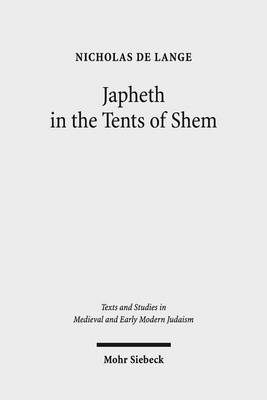Texts and Studies in Medieval and Early Modern Judaism
1 primary work
Book 30
Much scholarly attention has been paid to the Greek Bible translations employed in the Byzantine Church, whereas those used in the Byzantine synagogue have so far been largely ignored. Nicholas de Lange attempts to remedy this lack by collecting together all the available evidence for such translations from the Cairo Genizah fragments and other manuscript sources, setting it within its context in Byzantine Judaism. He traces the history of the translations over a period of a thousand years and demonstrates the persistence of a certain approach to translation which ultimately goes back to ancient Judaism and has left its mark on the Septuagint and in the Dead Sea Scrolls, as well as in the Rabbinic literature and the Targums. Much attention focuses on the lost translation of Akylas (also known as Aquila) which played a key role in the dissemination of Rabbinic Judaism in the Greek-speaking communities of the Near East and Europe. There are traces also of the Septuagint, something which raises intriguing questions about a continuing Kulturkampf in Byzantium between Hellenism and Rabbinism; might this have implications for the understanding of Byzantine Karaism and Jewish-Christian relations? Byzantine Judaism played a key role in the transmission of Jewish religious culture from the Near East to Western Europe, meaning that this study has wide ramifications. The book is intended as a contribution to Greek Bible studies, Byzantine studies and Jewish studies. Most of the source materials were discovered and published by the author, with this being the first time they have been brought together and studied in book form.
